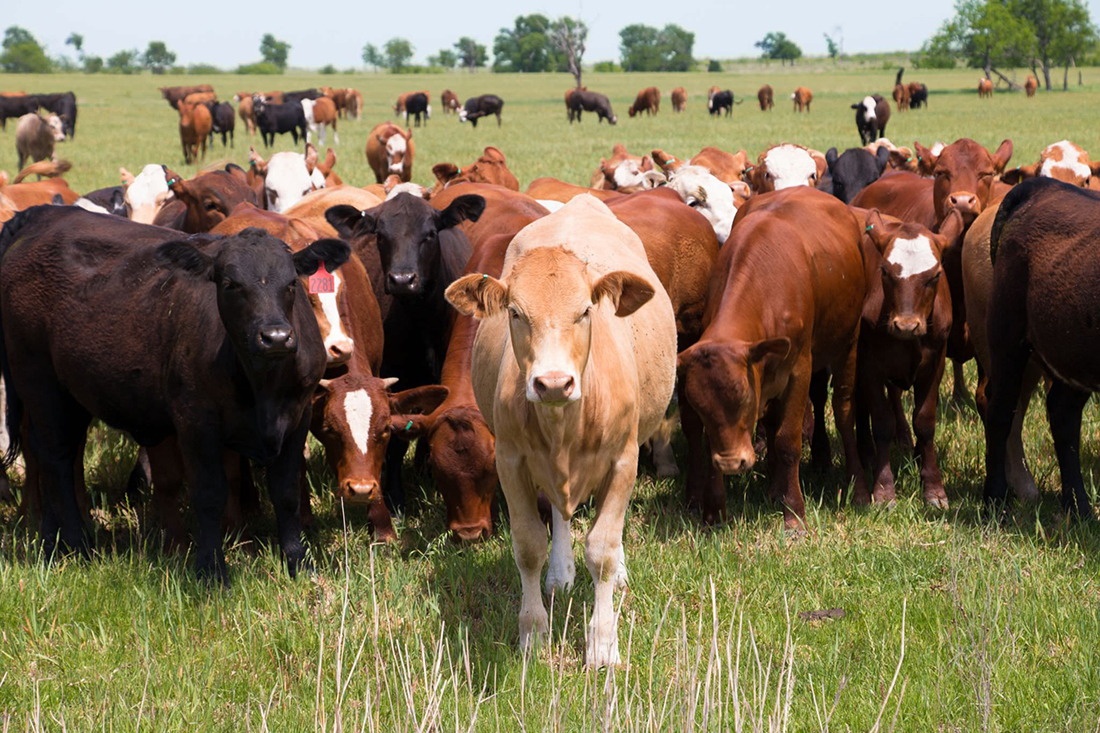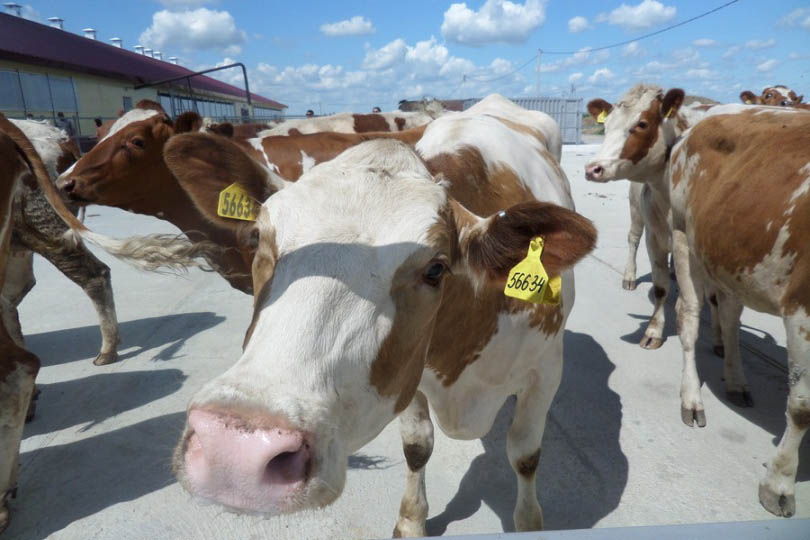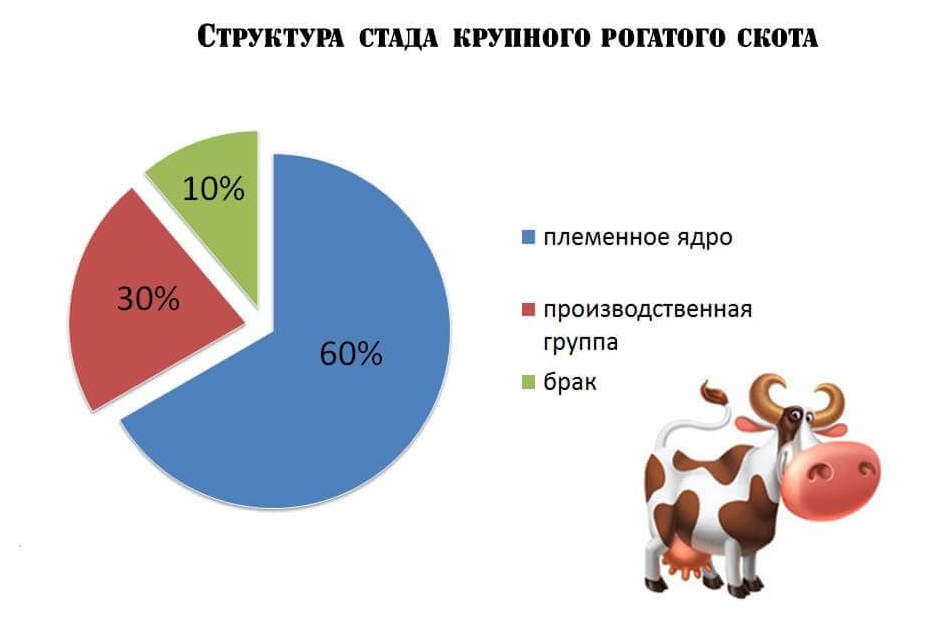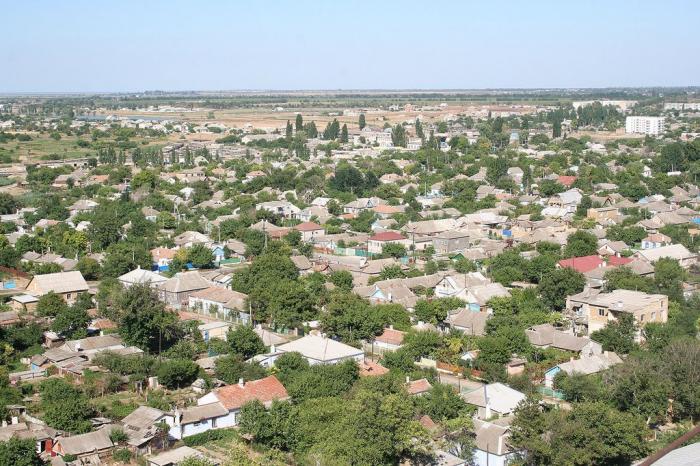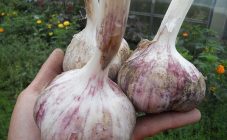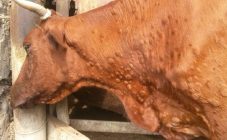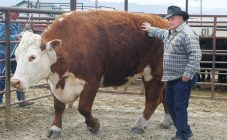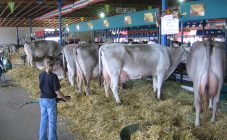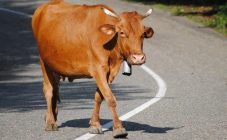Content:
Many people ask themselves what does workover mean, and how does workover stand for? Cattle, or cattle, are the most valuable types of farm animals, ruminants, artiodactyl bovids. Cattle include all types of individuals that are domesticated representatives of the bovine species: cows, bulls, yaks, Indian buffaloes, gauras, bantengs.
Ancestors of cattle
At the beginning of the article, it was found out what the abbreviation cattle means, and what are the main animals included in this decoding. Also of particular interest is the origins of cattle.
Cattle have been domesticated since prehistoric times, exact dates are not known, but much later than goats, sheep and pigs. Historical data indicate the presence of cattle in humans in the Stone Age, but their shape was quite small and had shorter legs.
By origin, cattle is subdivided into 2 genera: bull-like and buffalo. The first, in turn, combine 4 species: cattle, Indian forehead bulls, yaks, bison.
Most scientists consider the wild ancestor of cattle tur.
For example, the Kalmyk breed is associated with a zebu - a short forehead, the horns are located almost in the same plane with the forehead in the form of a crescent, do not bend to the sides.
Biological characteristics of cattle
Cattle have their own distinctive biological characteristics, among which there are advantages and disadvantages.
The advantages of the biological characteristics of cattle:
- the digestive system allows you to digest large amounts of vegetable feed and roughage;
- puberty occurs as early as 6-9 months of age;
- excellent reproductive function in bulls lasts up to 9 years;
- dairy type of cattle is not prone to obesity;
- hereditary resistance to brucellosis, tuberculosis;
Disadvantages:
- relatively slow reproduction: every year a cow brings 1 calf, twins, and triplets are extremely rare;
- relative late maturity: depending on breed characteristics and growing conditions, heifers are allowed to breed at 1.5-2 years.
Economic features of cattle
In cattle, two areas are distinguished: use (general economic) and breeding. The first includes breeds of mixed origin (crossing of different breeds), which are bred for economic use. The tribal direction is much less suitable for economic use, but it is an excellent breeding material for obtaining useful animals.
Growing cattle also has its own economic pros and cons.
Benefits:
- endurance;
- unpretentiousness;
- the ability to digest both cheap, roughage and juicy grass;
- high milk and meat productivity;
- meat, milk have a large amount of complete proteins, an optimal ratio of protein and fat;
- older individuals are prone to fatty deposits in the connective tissue between muscle fibers and muscles;
- no tax on livestock, whether young or adults.
Disadvantages:
- long pregnancy - an average of 285 days;
- long lactation - 305 days;
- dairy breeds have underdeveloped muscles;
- not resistant to diseases (the most common: leukemia (damage to the hematopoietic system), leptospirosis (infectious disease), actinomycosis (fungus), strawberry disease (formations on the skin near the hoof).
Cattle herd structure
The herd structure of a particular cattle significantly affects the final indicators of livestock breeding. It is determined by the economic mission of the herd (dairy, meat, meat and dairy), farm management tactics (breeding, commercial), the form of obtaining products (extended, simple).
According to the above directions, for an individual farm (sovkhoz, kolkhoz, subsidiary) the most necessary structure of a herd of cattle is approved, which will best fit the tasks set for the object of farming. In addition, the capabilities of the labor force (its number) and the availability of a fodder base are taken into account.
The structural components of the herd include:
- cows;
- heifers;
- gobies;
- inseminating bulls;
- heifers up to a year;
- heifers after a year.
Depending on the final goals of production, the structure of the herd is selected:
- to increase milk productivity in the structure of the herd, the number of dairy cows is increased;
- to obtain more meat, the number of animals intended for fattening and slaughter is increasing;
- broodstock (a group of mature individuals) is used for reproduction for specific purposes of cultivation or selection.
Maintaining a certain number of heifers and heifers in a herd ensures successful reproduction of the cattle herd. The share of heifers is 25-35%, heifers are about 1/5 of the herd.
About cattle in Crimea
At the moment, cattle is what is most relevant in the Crimean territory. Various investment projects are being implemented in Crimea for the development of animal husbandry. Growing cattle in Crimea sets goals not only for obtaining milk and meat, but also providing jobs for the local population. Growing cattle in Crimea this year significantly exceeded productivity compared to previous ones. Breeding calves of Crimea are in special demand (according to private advertisements, the price for a 2-month-old animal is on average 18 thousand rubles).
The city of Dzhankoy, the northern region of Crimea, where livestock products are produced with excellent success, stands out. With the appreciation of the dollar, meat prices also rise.
In Pervomaisky district of Crimea, at B. Khmelnitsky 11, there is a unique dairy-commodity complex "Crimea-Farming" - feeding and milking are carried out in a semi-automatic mode, WI-FI technology is used. This complex is equipped with capital high-tech systems.
Experienced breeders' recommendations
Raising cattle is not difficult, however, for successful animal husbandry, you must adhere to some rules.
A few tips for beginner breeders:
- Cattle are selected according to the ultimate goals - to get meat or milk, and not any one you like, so as not to be disappointed later;
- The breed is selected according to the climatic conditions of the area, since many breeds may not be adapted to harsh weather, which subsequently leads to a decrease in disease resistance, problems with reproductive function and low weight.
- The available feed base is the key to successful production;
- Mandatory preventive measures against diseases;
- The farm (shed) must be kept clean and dry;
- Particular attention is paid to calves, in particular, during the transition to dry food;
- Any change in the condition of the animal (lethargy, fearfulness, temperature, nose leakage) should be examined by a veterinarian.
The article determined the decoding of the cattle and what it is. It can be said unambiguously that at the moment, cattle are still relevant, including at the state level. Almost every region is considering supporting projects that provide for some kind of growth, the development of this area of animal husbandry.
Cattle meat is very popular due to its excellent taste characteristics and useful composition. Particular preference is given to fresh beef, which is distinguished by its color, smell and taste. In addition, there is natural buffalo meat on sale, which contains quite a lot of protein and chemical elements (iron, calcium, phosphorus, potassium, magnesium, and others). Rich broths and soups are made from it.
